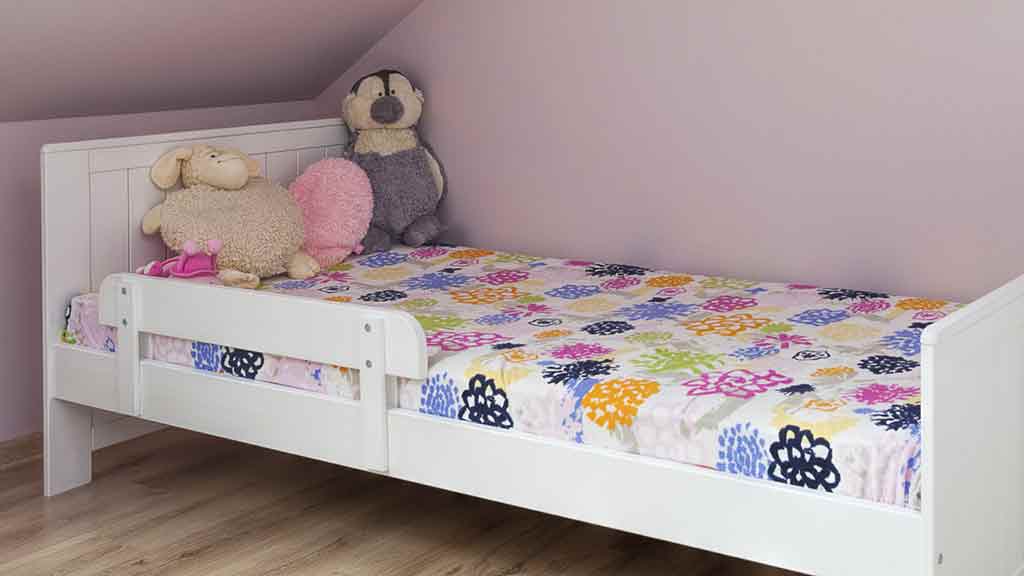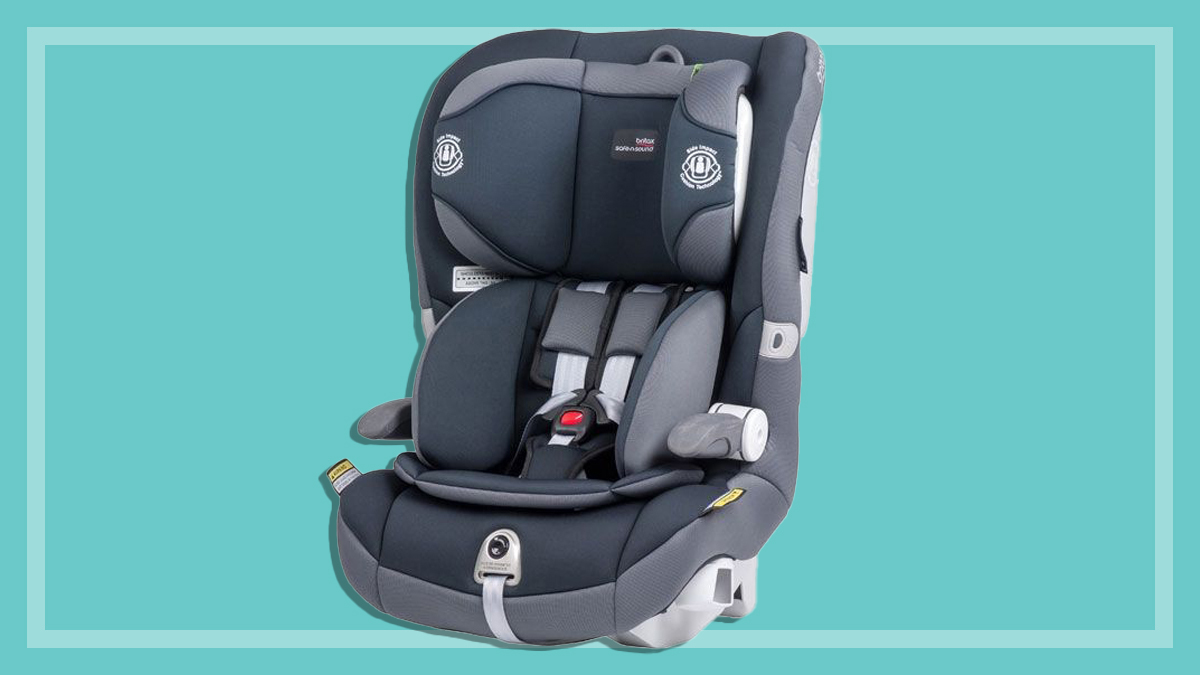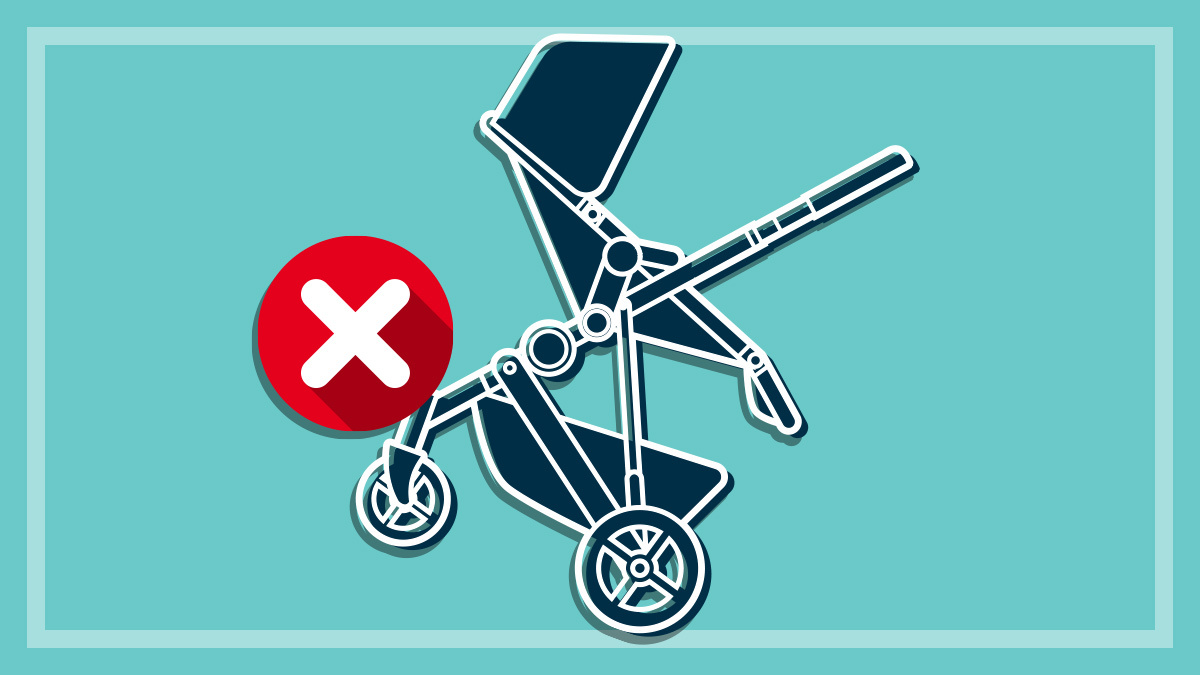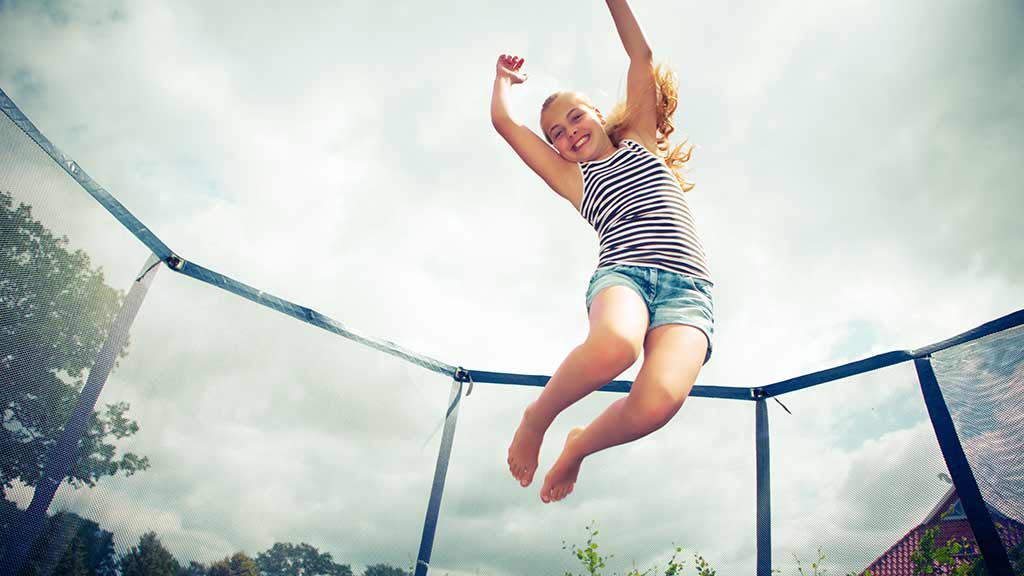Get our independent lab tests, expert reviews and honest advice.
How to buy the best bed rails for your child

CHOICE no longer updates bed rails.
On this page:
So your little one is nearing their second birthday – it may be time to move out of the cot and into a big-girl/boy bed. A bed rail, also known as a safety rail or bed guard, is used for young children to reduce the risk and relieve the stress of bedside falls, providing security for the child and peace of mind to the rest of us.
What to look for
Bed suitability
Check what type of bed (ensemble or slatted bed base) you plan on attaching the bed rail to. Not all are suitable for all types of beds – double-check before buying.
Gaps may be traps
The bed rail should be securely attached to the bed, so look for one that is capable of being anchored well and doesn’t leave room for the child to get stuck between the mattress and the rail. You don’t want your child’s movement to cause there to be a gap between the bed and the mattress that they could potentially get stuck in.
Foldability
Having the option to fold down the rail can be a good feature, both when it comes to ease of use and aesthetics. But make sure the mechanism for folding the rail down can’t be operated by a child.
Mesh material
The bed rail should be predominantly made of mesh material so that it provides good ventilation in case the child rolls face-first against the side. Bed rails that have mesh material generally also have areas that are not covered by mesh. These areas (generally on the sides of the rail) are the points where a child may roll over into. With newborn products like bassinets we consider breathability to be a major issue. That being said, bed rails are designed for toddlers, for whom breathability is not as critical as for newborns – toddlers are better able to wake up and sort themselves out if their breathing’s restricted.
Top 4 safety issues to look out for
While they can save a child from a fall, bed rails also have the potential to do harm. In fact, while we have tested several that have been OK, CHOICE hasn’t actually found a bed rail we can fully recommend yet, so consider the following issues:
- A child’s movement when sleeping could create a gap between the bed rail and the mattress if the rail isn’t securely attached, causing a fall or trapping the child in the gaps.
- The child could get their head trapped between the rail and the bedhead or wall if the rail is placed too close to the head of the bed.
- Easily accessible gaps in the locking hinges of foldable bed rails can pose the risk of finger entrapment and scissoring or crushing hazards if little fingers get in the way.
- A child could injure themselves if they attempt to climb over the bed rail to get out of bed.






